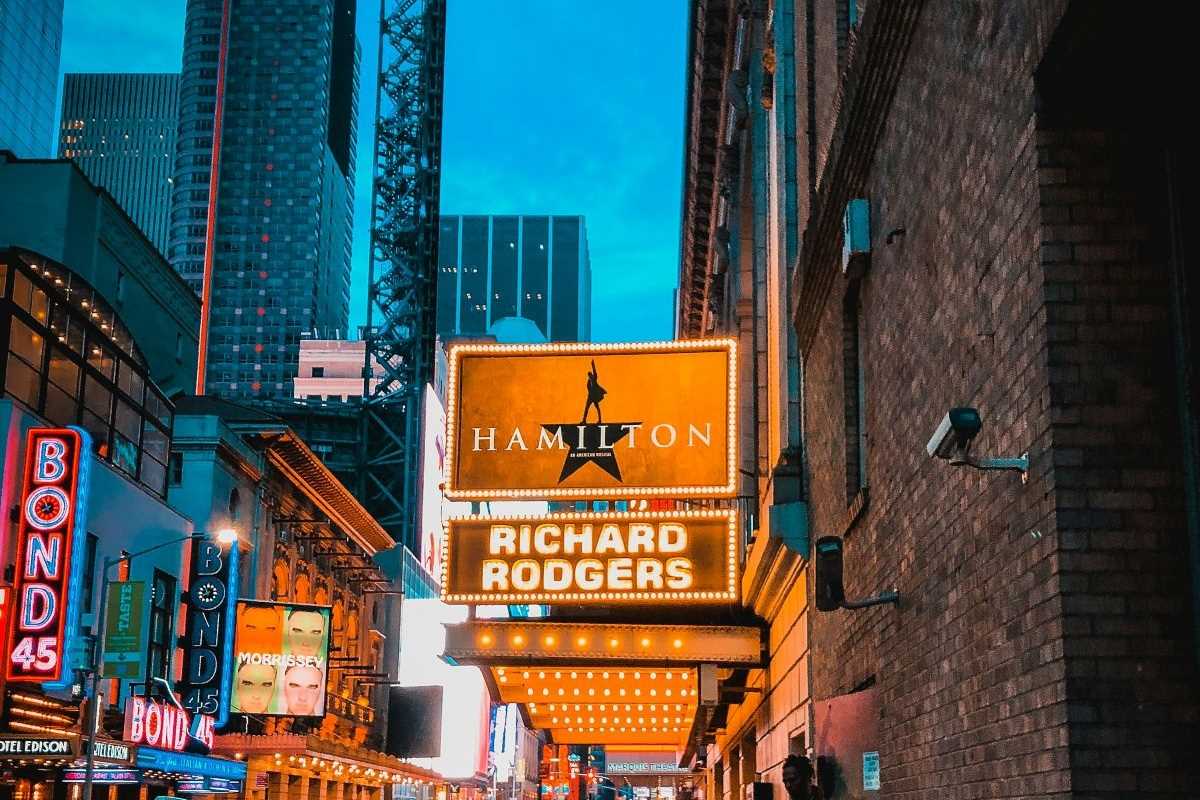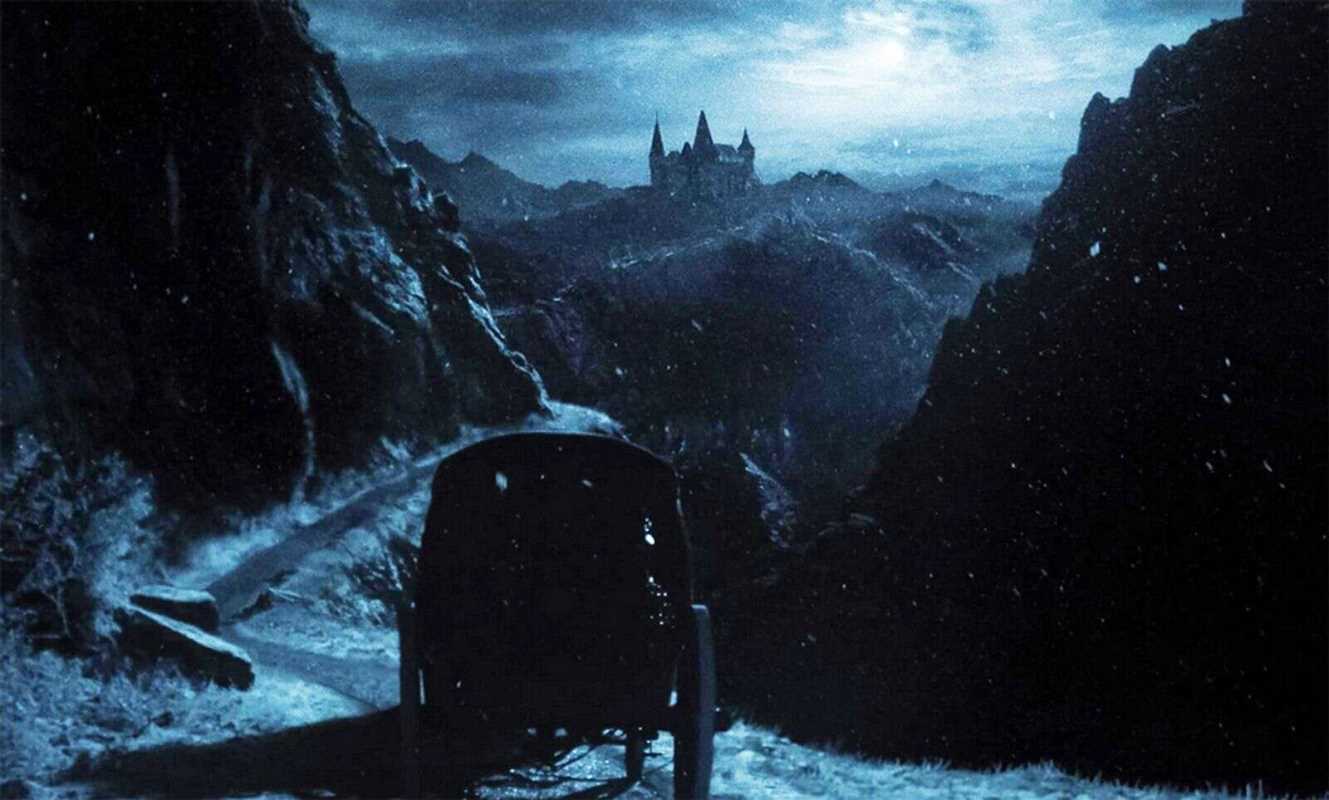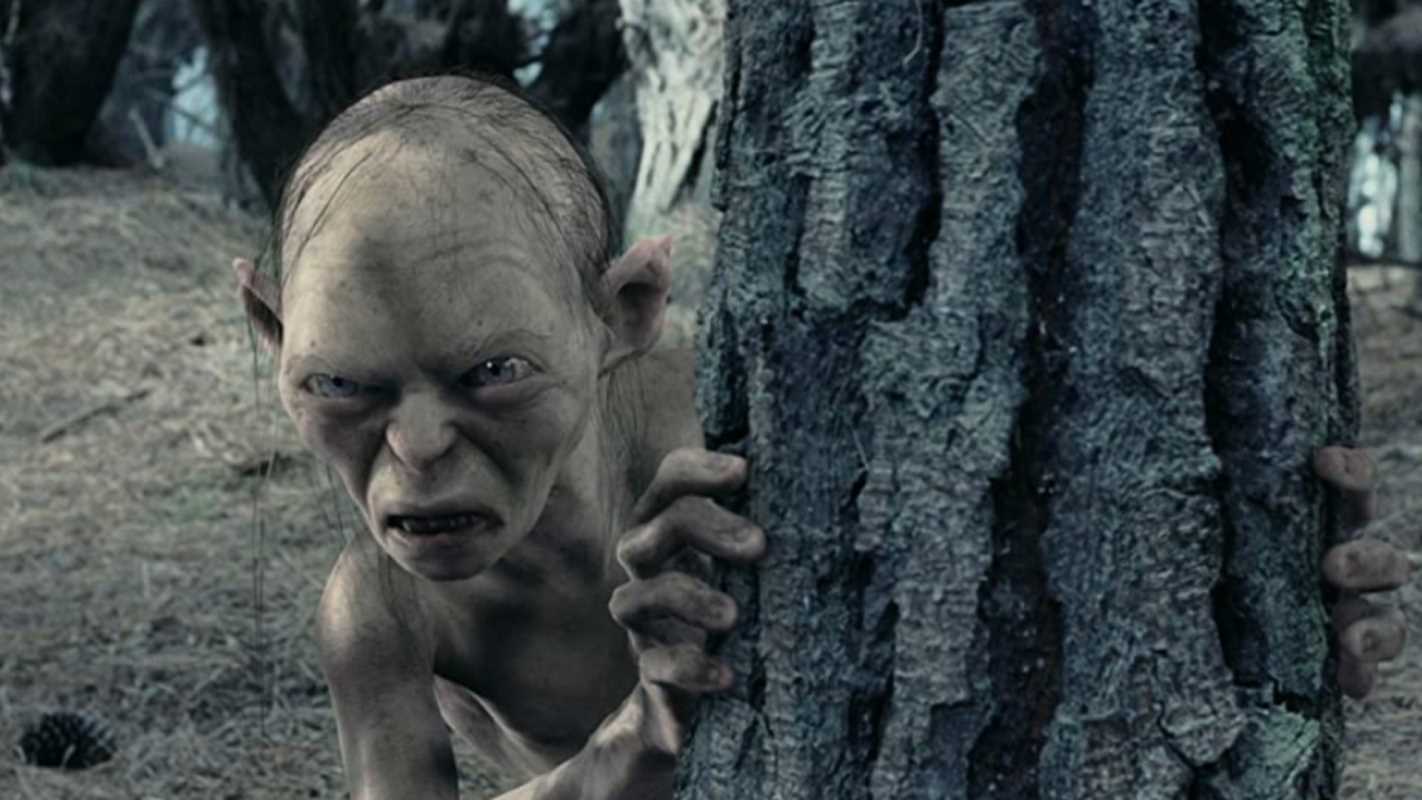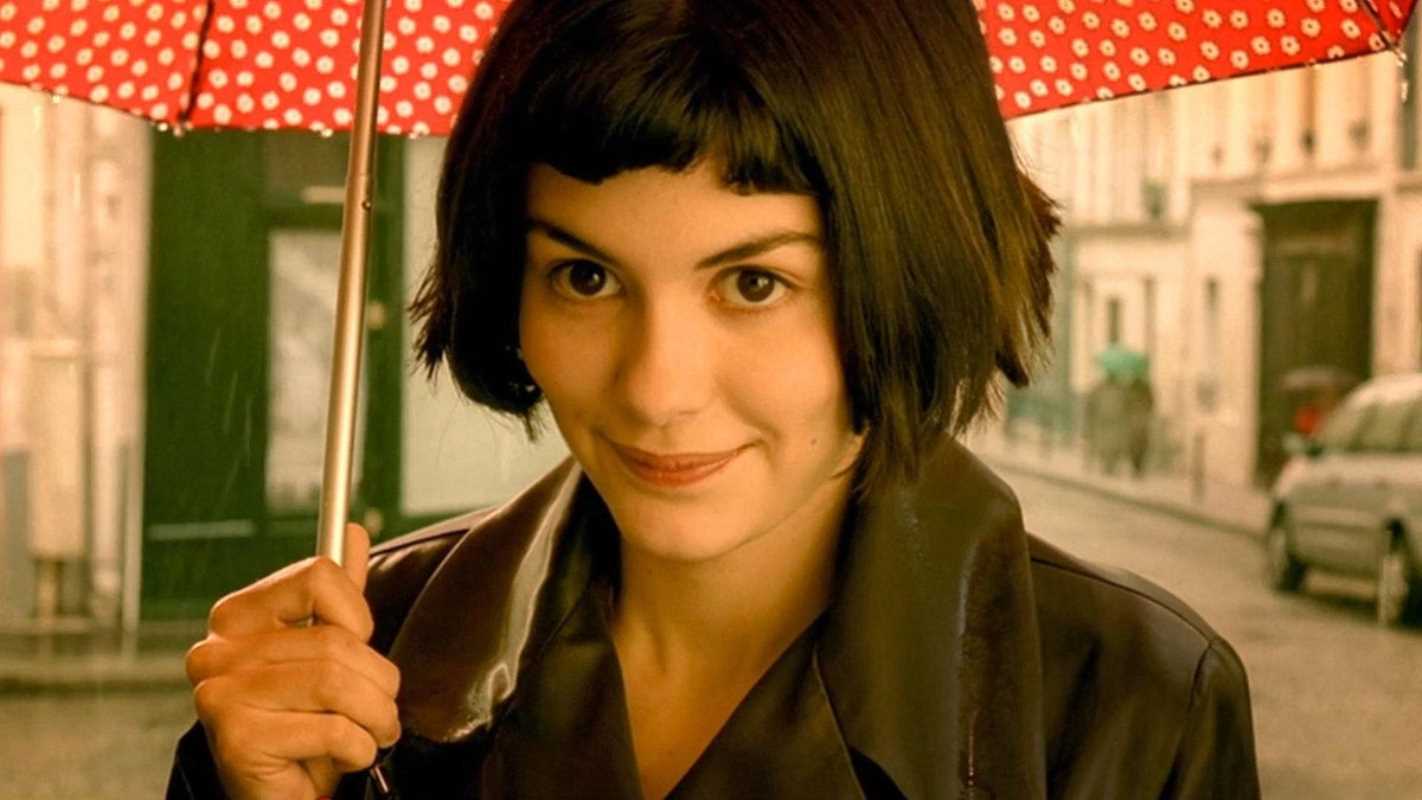Lighting, in both film and theater, is an essential narrative tool. It shapes atmosphere, directs focus, and conveys emotion, serving as an unspoken language between the storyteller and the audience. While the fundamental objectives are similar, the execution and technical considerations for film and theater diverge significantly. Understanding these differences provides a unique opportunity for professionals in each field to adopt and adapt techniques, enriching their own craft. This guide examines the distinct challenges and principles of lighting for both mediums and explores the valuable lessons that can be translated between the stage and the screen.
Fundamental Distinctions: The Audience and the Environment
The primary distinction between theatrical and cinematic lighting originates from the nature of the audience's perspective and the environment in which the story is told.
Theater: The Live, Multi-Perspective Experience
In theater, the audience is a live, static body viewing the performance from multiple angles simultaneously. A lighting design must therefore be effective for every seat in the house, from the front row to the balcony. This requirement necessitates a comprehensive and layered approach.
- Key Challenge: The design must accommodate a wide range of sightlines and distances. What appears perfectly lit from the center orchestra may look underlit or have visible shadows from the side mezzanines.
- Core Principle: Theatrical lighting is inherently sculptural. It uses angles, colors, and intensity to define actors and scenery in three-dimensional space, ensuring clarity and dimension from all perspectives. Light must "wrap" around subjects to provide form.
Film: The Controlled, Single-Perspective Narrative
In filmmaking, the audience's perspective is singular: the camera lens. The director of photography has absolute control over what the viewer sees, framing each shot with precision. This allows for a highly nuanced and specific lighting approach that does not need to account for a live, multi-angle audience.
- Key Challenge: Every detail is magnified. The camera captures subtleties in light and shadow that would be lost on a live stage. Lighting must be meticulously controlled to avoid unwanted reflections, inconsistent exposures, and unnatural textures.
- Core Principle: Cinematic lighting is painterly. It is designed for a two-dimensional frame, using light and shadow to create depth, mood, and composition within a fixed boundary. The focus is on crafting a single, perfect image, shot by shot.
Key Principles and Technical Considerations
1. Creating Mood and Atmosphere
Both mediums use lighting to establish an emotional tone. However, the methods differ based on the constraints and capabilities of each format.
- In Theater: Mood is often established through broad, expressive strokes. Bold color washes, stark contrasts between light and dark, and dynamic shifts in intensity can signal a change in emotion or location. The use of gobos (patterns) can instantly transform a stage into a forest or a cityscape. The pacing of these changes is critical, as they occur in real-time and must align with the performance's rhythm.
- In Film: Atmosphere is built with subtlety and precision. Cinematographers often use motivated lighting—light that appears to come from a natural source within the scene (e.g., a window, a lamp)—to create a sense of realism. The quality of light (hard vs. soft) is meticulously controlled using diffusion, flags, and nets to shape shadows and highlights on an actor's face, conveying their internal state with granular detail.
2. Directing Audience Focus
Guiding the audience's eye is a primary function of lighting in any visual medium.
- In Theater: Focus is achieved through contrast. A followspot isolating a single performer or a brighter "special" on a key prop immediately draws attention. The lighting designer works with the director and blocking to create "stage pictures," compositions that guide the audience’s gaze to the most important narrative element at any given moment.
- In Film: Focus is directed by the camera's frame, but lighting enhances it. Techniques like using a brighter key light on the primary subject, employing negative fill (adding shadow) to de-emphasize the background, or creating leading lines with light and shadow all serve to reinforce the focal point of the shot. Eye lights are a common cinematic technique to ensure the actor's eyes have a spark of life, drawing the viewer in.
3. Technical Implementation and Flexibility
The tools and workflows for lighting professionals vary greatly between stage and screen.
- Theater: A theatrical lighting plot is designed and programmed in advance. While cues are executed live during the performance, the physical placement of instruments is fixed for the run of the show. The system must be robust and repeatable for hundreds of performances. The designer's work is largely completed before opening night, with the light board operator executing the design live.
- Film: Film lighting is dynamic and iterative. A setup is created for a specific shot or sequence and is then completely reconfigured for the next. The lighting team, led by the gaffer, is constantly adjusting instruments, diffusion, and camera settings on set. This provides immense flexibility but requires rapid problem-solving. The final look is also influenced by post-production processes like color grading, a step that does not exist in live theater.
Cross-Medium Lessons: Adapting Techniques
The distinct methodologies of film and theater lighting offer valuable insights that professionals can carry from one medium to the other.
What Film Can Learn from Theater:
- Embracing Expressiveness: Theatrical lighting is unapologetically bold. Filmmakers can learn to use non-naturalistic color and shadow more expressively to heighten emotion, particularly in stylized genres.
- Sculptural Lighting: Thinking in three dimensions, as theatrical designers do, can help cinematographers create a greater sense of depth. Using backlights and kickers not just to separate a subject from the background, but to sculpt their form, can add a tangible dimension to the frame.
- Dynamic Cueing: The live pacing of theatrical lighting cues can inspire more dynamic lighting changes within a single, continuous shot (a "oner"), using practicals or digitally controlled fixtures to shift the mood as the camera moves through a space.
What Theater Can Learn from Film:
- The Power of Subtlety: The cinematic focus on motivated, nuanced lighting can encourage theatrical designers to ground their designs more firmly in realism. Using light to suggest off-stage sources can make the world of the play feel larger and more authentic.
- Harnessing Negative Space: Cinematographers are masters of using shadow. Theatrical designers can adopt the principle of "negative fill" by using darkness more intentionally, allowing certain areas of the stage to fall into shadow to create mystery, focus attention, and enhance mood.
- Close-Up Mentality: While theater must be legible from a distance, designers can think cinematically about key moments. By designing specific, highly controlled lighting for monologues or intimate scenes, they can replicate the emotional intensity of a cinematic close-up, drawing the entire audience into a character's personal space.
 (Image via
(Image via





